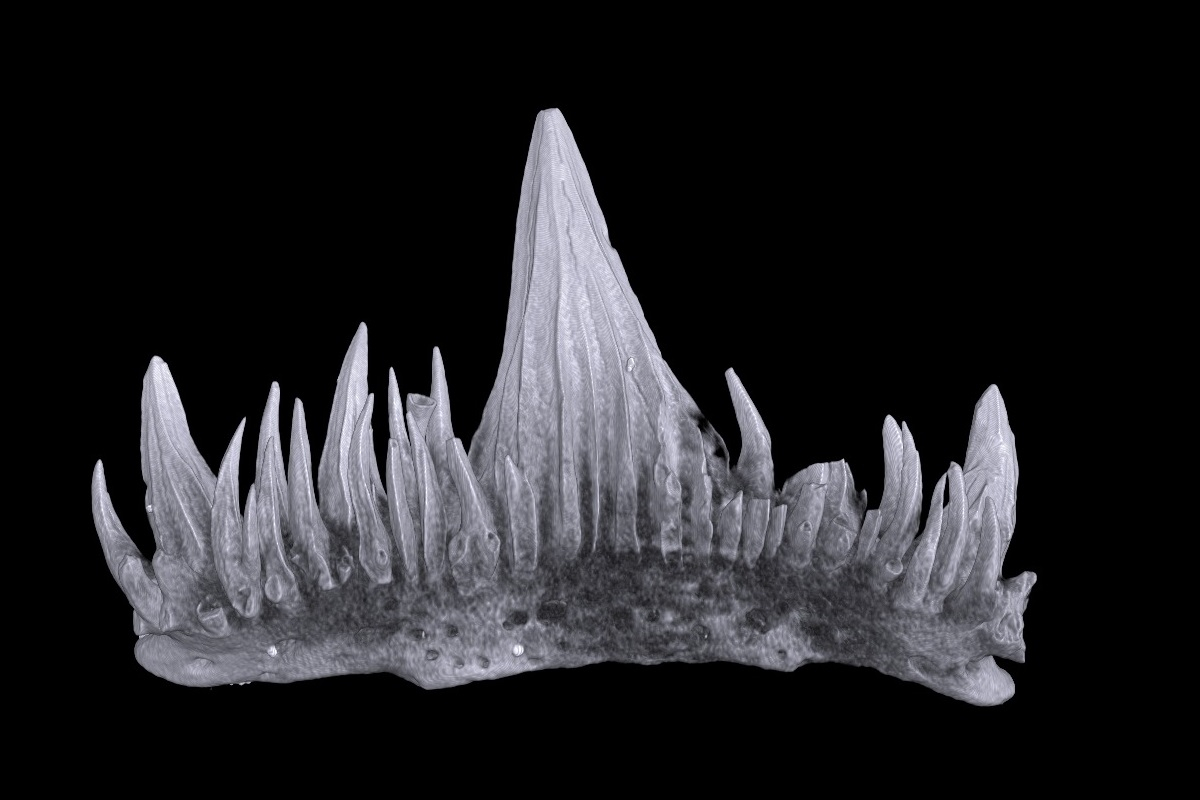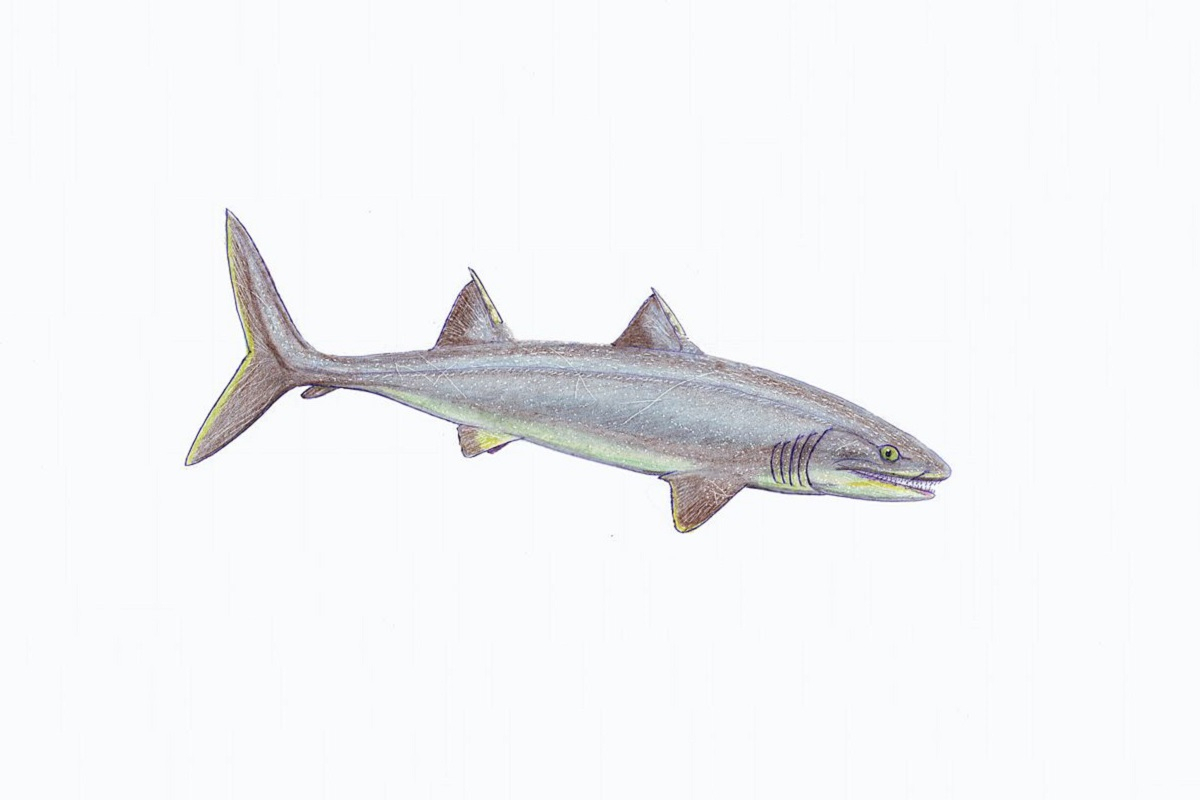New species of pre-historic sharks: Palaeichthyologists from SPbU and BNTU
Associate Professor Aleksandr Ivanov from St Petersburg University and Associate Professor Dmitrii Plaks from Belorussian National Technical University have described a newly discovered species of the ancient sharks.
The fish that had inhabited the Earth 345-350 mln years ago is named Tamiobatis elgae in the honour of the famous Estonian palaeichthyologist Elga Mark-Kurik. The study is published in Estonian Journal of Earth Sciences.
Three shark teeth helped the scientists identify a new species from the Tamiobatis. The unique fossils from the Paleozoic Era were found in the drill hole Turov-160 near the town Zhitkovichi in Gomel region in Belorussia by the geologists who tested the droll-hole cores to search for salina. The fossils were then dissolved to extract the microfossils of the pre-historic organisms and identify the relative age of the formations. They discovered that there were clay beds at the depth of 200 metres and the teeth had been well preserved and maintained their original form.
“Presumably, no known in science species of the frilled sharks have such many spikes on the top of the teeth: four main spikes with several minor ones. All in all, it makes about 20 spikes, — said Candidate of Geology and Mineralogical Science, SPbU Associate Professor Aleksandr Ivanov. — We studied the teeth by using microtomography and discovered a unique complex network of canals: large, small, horizontal, and vertical. Most cartilaginous fishes today have a network of canals less complicated in nature”.
Both contemporary and prehistoric fishes are known to be able to change their teeth: the missing teeth are replaced by the new live ones. Microtomography helps scientists delve into how the fish teeth have been evolving throughout the time. Evolutionary, the number of the canals has been decreasing so has the duration of tooth replacement, says the scientist.
The newly discovered species was not the largest shark: the species of the Tamiobatis were 1.5-2 metres in length, with two thorny fins on the back. They are known to be good swimmers in the warm seawater. One tooth gave a clue to the scientists as to what the prehistoric shark had eaten.
“The microtomographic image shows that there was a small tooth of a bony fish stuck into the numerous spikes of the teeth, — said Aleksadnr Ivanov. — Presumably, the prehistoric shark had eaten small actinopterygians: it had caught one and its tooth got stuck into the spikes of the teeth of the shark. The species from the Tamiobatis were far from being fierce predators and ate small species: other fishes, shellfishes, and molluscs”.
Today, the sharks from the group Tamiobatis are found worldwide: in the USA, the scientists found such fishes in Cleveland, similar fossils were discovered in Germany, Poland, and Moscow. The discovery in Belorussia gave science the teeth of the prehistoric shark. These teeth can be found now in the collections of the Department of Geology at the Tallinn Technological University.



